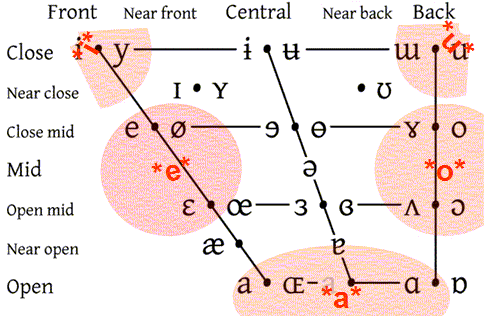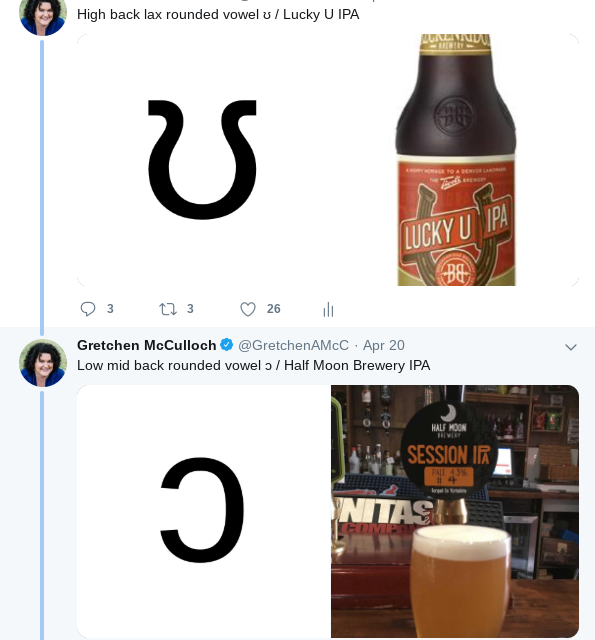

įrom Old Norse krankr, from Middle Low German krank, from Proto-Germanic *krankaz. Please help out and add a translation, then remove the text. This term needs a translation to English.Krank m ( definite singular kranken, indefinite plural krankar, definite plural krankane) Turkmen started to use Ä officially instead of the schwa from 1993 onwards.Norwegian Nynorsk Etymology 1 Ä is also used to represent the ə (the schwa sign) in situations where the glyph is unavailable, as used in the Tatar and Azeri languages.

Unicode theoretically provides a solution, but recommends it only for highly specialized applications. As a result, there was no way to differentiate between the different characters.

IPA A WITH UMLAUT ISO
Since they looked near-identical the two glyphs were combined, which was also done in computer character encodings such as ISO 8859-1. In modern typography there was insufficient space on typewriters and later computer keyboards to allow for both A-diaeresis (also representing Ä) and A-umlaut. The Æ ligature was also common in Old English, but had largely disappeared in Middle English. Æ, a highly similar ligature evolving from the same origin as Ä, evolved in the Icelandic, Danish and Norwegian alphabets. In most later handwritings these bars in turn nearly became dots. A-umlaut was written as an A with a small e written above (Aͤ aͤ): this minute e degenerated to two vertical bars in medieval handwriting Historically A-diaeresis was written as an A with two dots above the letter.
IPA A WITH UMLAUT CODE
If you are already familiar with using alt codes, simply select the alt code category you need from the table below. In other languages that do not have the letter as part of the regular alphabet or in limited character sets such as US-ASCII, Ä is frequently replaced with the two-letter combination "Ae". Welcome to Useful Shortcuts, THE Alt Code resource. The letter was originally an A with a lowercase e on top, which was later stylized to two dots. It has recently been introduced in revivalist Ulster-Scots writing. The letter also occurs in some languages which have adopted German names or spellings, but is not a part of these languages' alphabets. In German dictionaries, the letter is collated together with A, while in German phonebooks the letter is collated as AE. The digraph ⟨äu⟩ is used for the fronting diphthong (otherwise spelled with ⟨eu⟩) when it acts as the umlauted form of the backing diphthong (spelled ⟨au⟩) compare Baum 'tree' with Bäume 'trees'. Referring to the glyph as A-Umlaut is an uncommon practice, and would be ambiguous, as that term also refers to Germanic a-mutation. In German, it is called Ä (pronounced ) or Umlaut-A. It represents the umlauted form of a ( when short), resulting in (or for many speakers) in the case of the long and in the case of the short. These include Mari, Altay and the Keräşen Tatar alphabet.Ī similar glyph, A with umlaut, appears in the German alphabet. Ӓ is used in some alphabets invented in the 19th century which are based on the Cyrillic script. Under Kassym-Jomart Tokayev's suggestions to modify the Kazakh Latin alphabet, it will represent the IPA / æ/, and the Cyrillic Ә is to be replaced by this letter, the replacement letter was Á in the 2018 proposal. In Emilian-Romagnol ä is used to represent, occurring in some Emilian dialects, e.g. Estonian gained the letter through high and extensive exposure to German, with Low German throughout centuries of effective Baltic German rule, and to Swedish, during the 160 years of Estonia as a part of the Swedish Empire until 1721. Although the phenomenon of Germanic umlaut does not exist in Finnish, the phoneme /æ/ does. In the Icelandic, Faroese, Danish and Norwegian alphabets, " Æ" is still used instead of Ä.įinnish adopted the Swedish alphabet during the 700 years that Finland was part of Sweden. The letter Ä arose in German and later in Swedish from originally writing the E in AE on top of the A, which with time became simplified as two dots. In the Nordic countries, the vowel sound was originally written as " Æ" when Christianisation caused the former Vikings to start using the Latin alphabet around A.D. The sign at the bus station of the Finnish town Mynämäki, illustrating an artistic variation of the letter Ä.


 0 kommentar(er)
0 kommentar(er)
